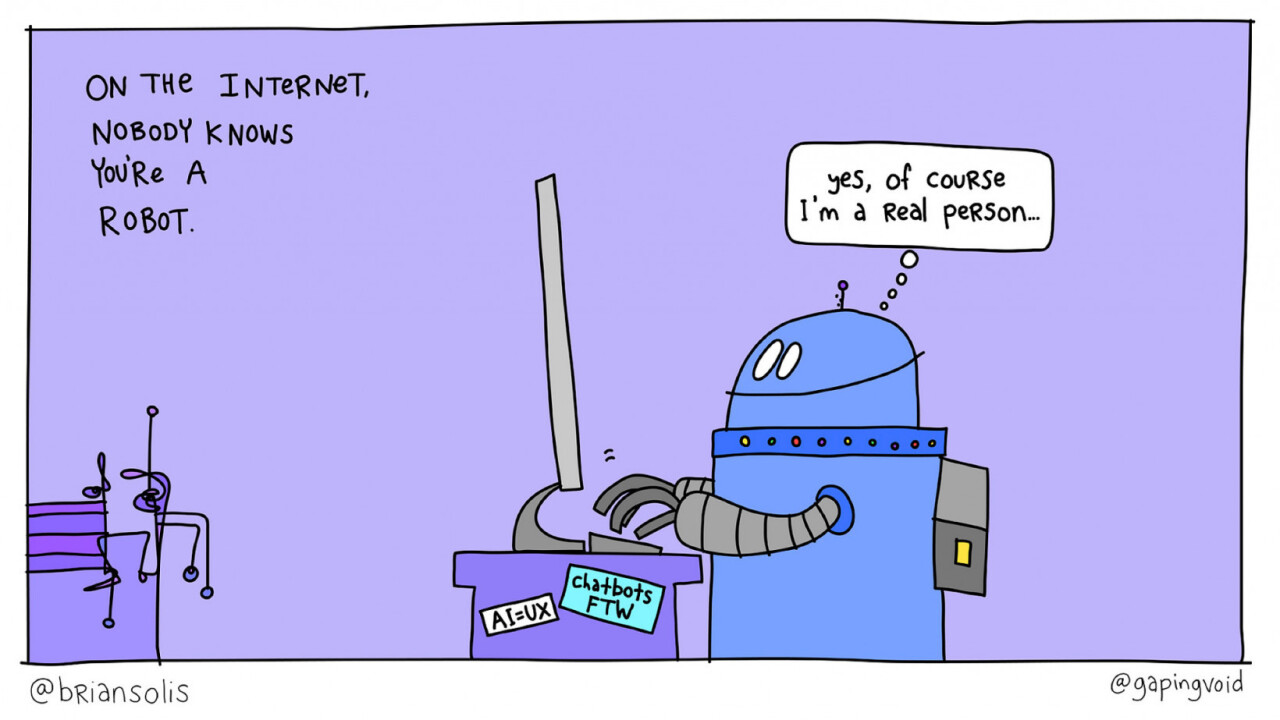
There is no longer a delineation between digital and traditional customers. Anyone with a smartphone traverses between online and offline activities without a second thought. As they do, they gain a penchant for modern conveniences, such as speed, utility and real-time assistance. Along the way, they also become more and more impatient and demanding. To engage today’s customer takes a modern approach to marketing where advanced technologies and customer optimization set the stage for what I call “adviser brands.” And, they’re changing the game for everyone.
Adviser brands represent a shift away from a traditional focus on top-of-the-funnel campaigns and marketing-centric metrics. Now, leading marketers are using the likes of machine learning and other emerging technologies to deliver assistive customer experiences that converts intent and expectations to value-added engagement at every step of their purchase journey. Doing so drives more than marketing performance. Adviser brands are also contributing to business growth.
5 rules for winning with automated warketing and CX
Earlier this year, I had the opportunity to interview CMOs and CDOs of leading brands who shared their work of what it takes to be relevant today. One of the common threads was that machine learning was the cornerstone to a new marketing construct with an emphasis on CX (throughout the entire customer journey). Machine learning and AI help marketers and CX executives convert everyday digital signals to understand customer intent and preferences to automate the delivery of personalized, useful and productive experiences at the right time, in the right place and on the right device…at scale.
Google recently published a list of “5 rules for winning with automated marketing,” in which the authors, Nicolas Darveau-Garneau, chief search evangelist at Google and Adam Deif, head of industry, also discuss the advantages of machine learning. In their article, they share the five best practices among top performing brands using machine learning. The following is inspired by their list.
1. Optimize CX and marketing for growth instead of efficiency
As Google so rightly puts it, “machine learning is only as good as what you ask it to optimize.” In my discussion with Julie Rieger, 20th Century Fox Film president, chief data scientist and head of media on the subject, she shared how one of the biggest challenges to aligning machine learning with meaningful insights is breaking free of the cognitive biases marketers often bring to table.
Many times, they tend to apply legacy-based mental models and measures that prevent marketers from seeing new opportunities for marketing. They exchange investments in innovation and growth for scale and efficiency.
On the other hand, modern marketers are using machine learning to focus on growth by taking a holistic view of the customer and reimagining marketing and CX to deliver against evolved expectations. I also spent time with David Baekholm, senior VP of growth marketing at HomeAway, and he shared similar ideas.
In our conversation, he discussed how machine learning and a focus on mobile customers and long-term performance over short-term ROI helped the company increase revenue by over 115 percent year over year.
2. Identify and acquire the right customers
Not all customers are equal. Casting a wide net to ensnare as many prospects as possible doesn’t equate to conversions and loyalty. Rather than invest in marketing that reaches all types of prospects, top marketers use machine learning to aim digital marketing investments at reaching more valuable customers.
Additionally, leading marketers are tying this work to longer-term performance metrics such as customer lifetime value (CLV) over short-term transactional gains such as return on ad spend.
3. Grow meaningful customer relationships
Leading marketers are using machine learning to turn digital marketing into a growth engine for businesses. Combined with metrics such as CLV, they are learning how to engage existing customers to invest, build and earn more from quality relationships.
They do so by focusing on personalizing unique cross-selling opportunities to high value customers over mass-marketing. This lowers churn and improves satisfaction and retention.
4. Creatively (and effectively) enhance creative to advise and guide customers
Over the years, marketing has largely fallen into a rut of generic automation, which has created disconnects between brand campaigns and customer intent. Informed customers aren’t looking to be sold or marketed to. They’re seeking trustworthy advice and direction.
When a customer begins the discovery process, they take to search to find what’s “best” for them. Machine learning helps marketers create multitudes of personalized and “responsive search ads” based on single keywords.This allows for the right ad to be automatically remixed and served to the right customer with the right message at the right time.
5. Go native with mobile.
For some reason, brands are not prioritizing the mobile experience. Yet, modern customers navigate mobile worlds for most of what they do day in and day out. No matter how creative your advertising, if your mobile site experience is slow, complex or tedious, customers won’t convert. Why would they? They move fast, their favorite apps are incredibly intuitive and get them to what they want without thinking about it. That’s the standard for every brand, regardless of industry.
Top marketers are employing new technologies such as Progressive Web Apps and using bidding algorithms enhanced by machine learning to drive more qualified customers to optimized sites. As such, for impatient and demanding customers, underperforming sites are easy to bypass.
These “5 rules for winning with automated marketing” demonstrate how leading marketers are using machine learning and emerging technologies to win. While marketers have always understood these principles, it’s the mindset and behavioral shift, combined with machine learning, to adapt your digital marketing to achieve these goals.
By integrating machine learning into the marketing mix, adviser brands are also driving business growth over efficiency, acquiring the most valuable customers, increasing customer lifetime value, personalizing dynamic creative and delivering more intuitive and frictionless mobile experiences. That’s what you’re competing against. To the modern customer, anything less is inferior.
Get the TNW newsletter
Get the most important tech news in your inbox each week.




